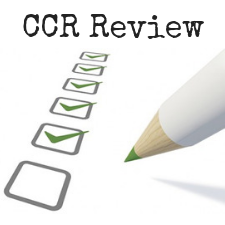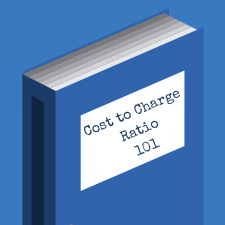The FY 2020 Inpatient Skilled Nursing Facility Proposed Rule was put on display for public inspection on April 19, 2019. The proposed rule is scheduled to be published in the Federal Register April 25, 2019, however, the pre-publication can be viewed here. If finalized, this SNF rule will affect discharges on or after October 1, 2019.
Stacie Snider
Recent Posts
FY 2020 Inpatient Skilled Nursing (SNF) Proposed Rule Update
Posted by Stacie Snider on Apr 26, 2019 11:25:38 AM
Topics: Industry Updates, regulations, proposed rule, provider reimbursement, inpatient SNF
The FY 2020 Inpatient Psych Proposed Rule was put on display for public inspection on April 17, 2019. The proposed rule is scheduled to be published in the Federal Register April 23, 2019. The pre-publication can be viewed here. When finalized, this IPF rule will affect discharges on or after October 1, 2019.
Topics: regulations, proposed rule, inpatient psych
The Inpatient Rehab FY 2020 Proposed Rule was put on display for public inspection on April 17, 2019. The proposed rule is scheduled to be published in the Federal Register on April 24, 2019, however, the pre-publication version can be viewed here. This IRF rule will affect discharges on or after October 1, 2019.
Topics: proposed rule, provider reimbursement, inpatient rehab
In January, CMS issued a MLN Matters newsletter reviewing the new electronic system for Provider Reimbursement Review Board (PRRB) Medicare cost report appeals. The electronic system, referred to as OH CDMS (Office of Hearings Case and Document Management System), is a web-based portal that allows providers to submit all necessary appeals documents electronically.
Topics: PRRB, appeals, Medicare Cost Report, provider reimbursement, PRRB rules
Due to overwhelming response for more information on CMS’ electronic signature feature noted in “Medicare Cost Reporting – 7 Things to Know”, we’ve put together a follow up post to review the cost report electronic signature application steps.
Topics: cost reporting, Medicare Cost Report, electronic signature
Cost to Charge Ratio Review For Worksheet S-10 Uncompensated Care Reporting
Posted by Stacie Snider on Nov 1, 2018 11:14:25 AM
With CMS using cost report Worksheet S-10 to determine a provider’s UC Factor 3 and ultimately their portion of federal uncompensated care payments, ensuring the accuracy of Worksheet S-10 reporting is essential for all Medicare DSH-eligible hospitals. Now, while we know that line 30 ultimately drives Factor 3, it is recommended hospitals review ALL data on S-10, not just the data that feeds to line 30. This includes looking closer at the cost to charge ratio (CCR) to ensure hospitals are capturing all costs that are considered allowable. As you may know, the cost to charge ratio has a direct effect on the data that is reported on Medicare cost report Worksheet S-10, which then in turn impacts UC payments.
Topics: worksheet s-10, cost to charge ratio, cost reporting, Medicare Cost Report
Medicare Cost Reporting Updates - 7 Things to Know
Posted by Stacie Snider on Oct 24, 2018 1:56:42 PM
The Centers for Medicare and Medicaid Services (CMS) has made updates to the cost reporting software, the rules for filing a hospital Medicare cost report and noted future potential changes. Here are 7 things to know:
Topics: cost reporting, Medicare Cost Report
As stated in an earlier blog titled, “Costs for Medicare Cost Report Worksheet S-10 Cost To Charge Ratio,” hospitals need to begin looking closer at their cost to charge ratios (CCR) to ensure they are capturing all costs that are considered allowable. As you may know, the cost to charge ratio has a direct effect on the data that is reported on Medicare cost report Worksheet S-10, which then in turn impacts UC payments. In this blog, we will review the cost to charge ratio in a hospital setting.
Topics: worksheet s-10, cost to charge ratio, cost reporting
Costs for Medicare Cost Report Worksheet S-10 Cost to Charge Ratio
Posted by Stacie Snider on Jun 14, 2018 4:21:22 PM
As CMS promised, Worksheet S-10 is now starting to be used for computing uncompensated care allocations and potentially other payment allocations in the future. It is becoming apparent that hospitals need to return to focusing more on their cost reports that are being filed to ensure costs are properly stated.
Over the past decade, many hospitals may not have focused as much on cost and charges due mostly to having PPS payment systems (excluding a discussion on Medicaid payments). While filing complete and accurate cost reports has always been the norm, now more than ever, facilities need to begin looking closer at their cost to charge ratios to ensure they are capturing all costs that can be considered allowable. Are you capturing all your allowable costs to properly compute your cost to charge ratio for S-10?
Topics: worksheet s-10, cost to charge ratio, cost reporting







